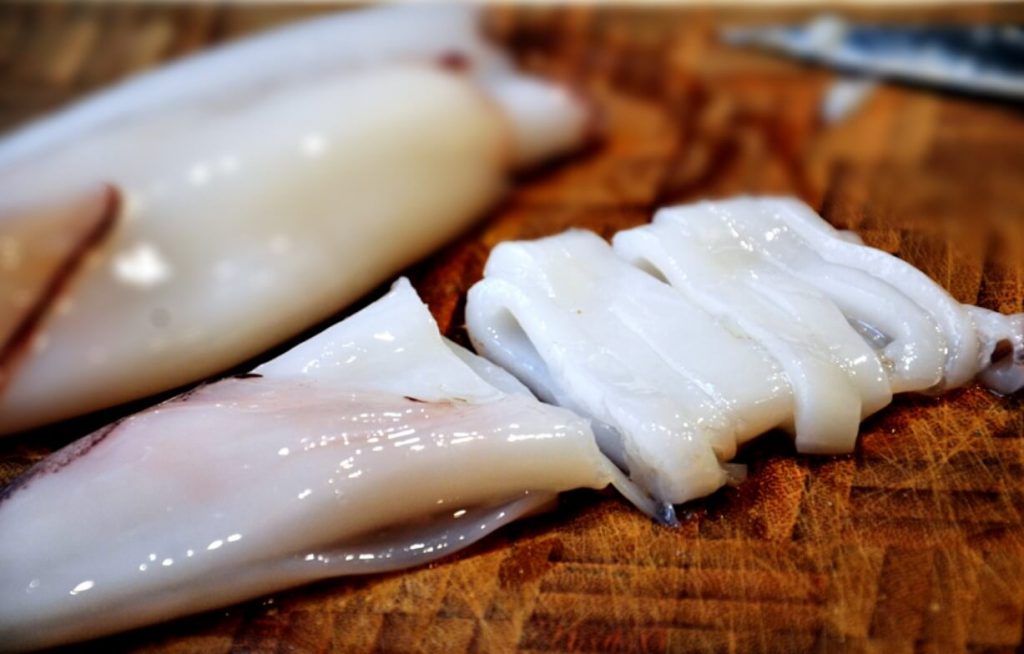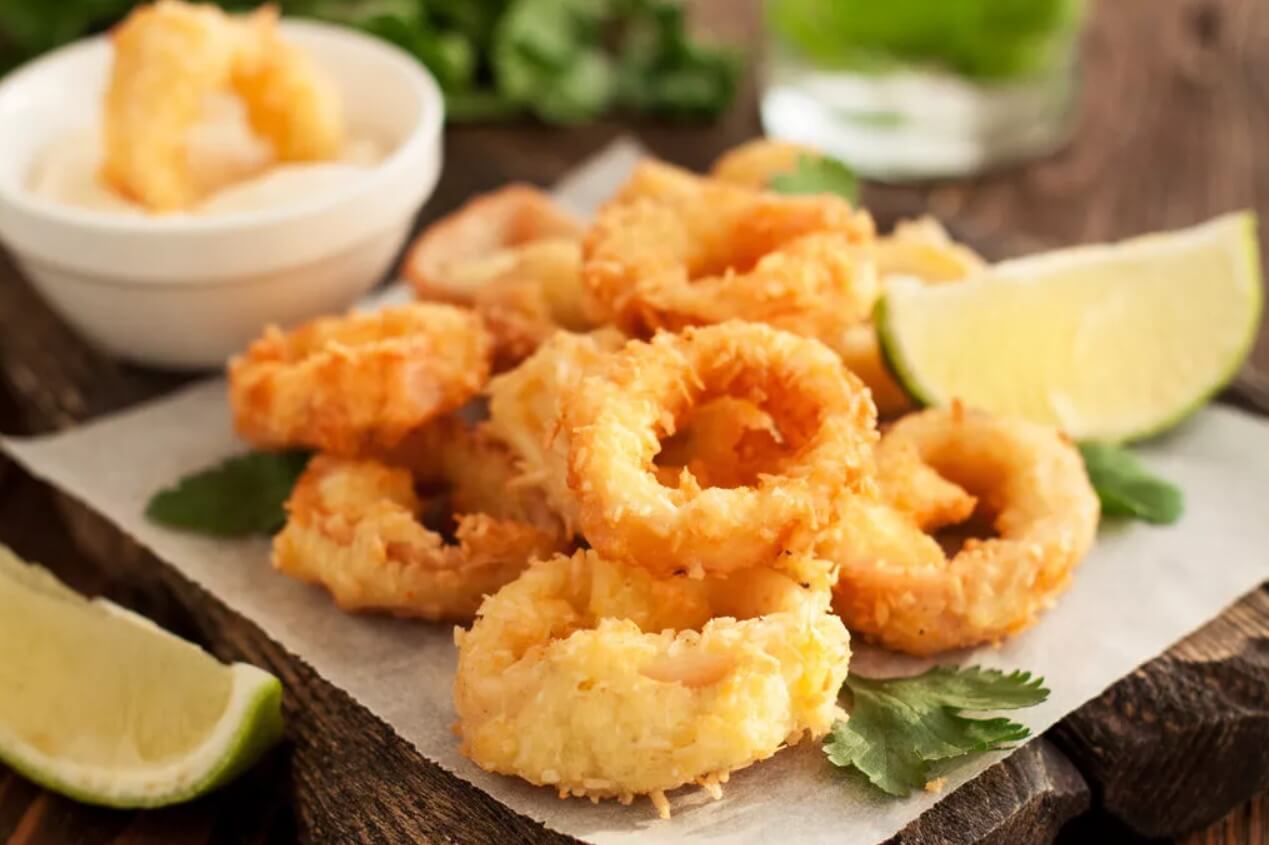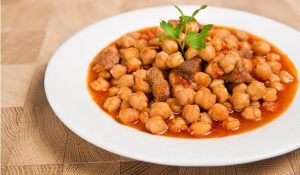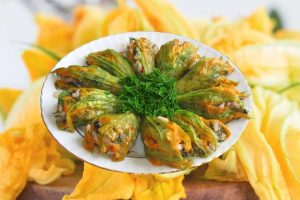Kalamar; in Italian Calamari, in Spanish Calamar, and in English Squid, is one of the most common sea animals in the world. This sea animal is also accepted as a culinary name among some of the Mediterranean countries such as Italy, Spain, Greece, and Turkey.
In Turkey, Kalamar is considered one of the most beloved seafood. It usually serves together with other meze varieties in fish restaurants. Almost all fish restaurants in Turkey offer Kalamar on their menu because they know how much it is loved among all Turkish citizens of all ages.
The fishery season has just started in Turkey on September 1st and while I was checking the first catches of the year at the fish market, I saw newly caught Kalamar (squids/calamari) on the stands. I thought; sharing the Fried Kalamar recipe can be a good idea. Then, I realized that there are millions of Fried Calamari recipes on the internet.
On the way home, I started to think about how this sea animal is prepared and cooked in different cultures. When I came home, I found dozens of Fried Calamar recipes on the internet and I saw that our method is slightly different than others. Then, I thought the world needs to know the Turkish version of Fried Kalamar besides all other Fried Squid recipes.
At the moment, I can easily feel that our Italian, Spanish and Greek friends, who are reading this post, have already started to think about how will I take a rabbit out of the hat. But wait; we, Turks, are full of surprises and you will like our method once you read the next paragraph down below.
Oh, I am also 110% sure that you will try our method and love the taste of it as much as we do in Turkey.
What is the difference between the Turkish version of Kalamar and others?
If you eat Kalamar (fried calamari) before, you already know how stiff its meat is. If you don’t soften it well, you need to chew it all day long before you swallow. So, you need to soften it very well before you cook it. This is where the Turkish version of Kalamar (fried calamari) separates from others.
When you look at the internet for Fried Calamari recipes, you can see that most of the recipes are mentioning about using milk or olive oil for softening squid‘s stiff meat. However; milk or olive oil by themselves or together does not soften squid’s stiff meat. But‚ sparkling water does. Yes, you read it right. Sparkling water has a great effect on softening the squid‘s stiff meat. But, it is not enough by itself either. You need to use sugar, salt, and baking soda together with sparkling water for reaching the proper softening.
This is the only but the most important difference between the Turkish version of Kalamar and others. Well; my dear Italian, Spanish and Greek friends, I guess you have started to see the rabbit’s ears coming through the hat, huh?
How to soften Squid?
First of all, I strongly recommend you buy fresh and cleaned squid from your local fish market. I find the frozen-packed ones tasteless. If you are a two-person, four squid tubes will be well enough. If you are four people, six squid tubes will be good. On the other hand, if you buy non-cleaned fresh squid, you will have to clean it by yourself. It is not a big deal. You can find countless how-to clean squid videos on youtube.
Once you get your fresh and cleaned squids, wash and rinse them well and cut them in 1-inch width with ring cut style as it is shown in the below image and then put them into a bowl.

Put; 2 teaspoons of sugar, 1 teaspoon of salt, and 4 teaspoons of baking soda into a bowl and knead them for about 20 minutes. At the end of 20 minutes, you will start to see squid rings start to be foamy. Once you see foam in the bowl, continue kneading for about 5 minutes more. Then, pour 2 bottles of sparkling water (200ml each) into the bowl gently and close the bowl top with stretch film and let it rest for 24 hours in the refrigerator.
If you think a few hours will be more than enough, do me a favor and do not start to make this recipe. Squid meat, by its nature, is like a plastic band and it does not get softened in a few hours. I already tried and it ain’t worked. But; if you insist, be my guest and try it.
When the next day comes, take out your bowl from the refrigerator and pour the mix through a strainer for filtering. Do not wash them under the water after you filter them. I repeat, do not wash them under the water after you filter them. Then, take the Kalamar rings from the strainer and place them on a big plate. So, this is how you soften the Kalamar (squid) properly. The rest is only the cooking part and it is very easy. You can find the cooking method in the recipe down below.

Kalamar
Ingredients
- 6 Squid tubes (fresh and cleaned) ring cut 1-inch by 1-inch
- 2 teaspoon Sugar
- 4 teaspoon Baking Soda
- 1 teaspoon Salt
- 2 cups Vegetable oil
- 2 cups Flour
Instructions
-
Put the flour into a bowl and then dip all Kalamar rings one by one into the flour. Make sure that all Kalamar rings are well covered with flour.
-
Pour the vegetable oil into a deep frying pan and then heat the vegetable oil. You can easily understand if the vegetable oil is heated enough by sprinkle some flour on the vegetable oil. If you see the flour is sizzling, you can place the Kalamar rings.
-
Place a paper towel onto a serving plate for removing the excess vegetable oil from the top of the Kalamar rings.
-
Once the Kalamar (calamari) rings get a golden color, you can take them out with the skimmer spoon and place them on the paper toweled serving plate.
-
Serve.
Recipe Notes
Tip: Serve with lemon wedges







